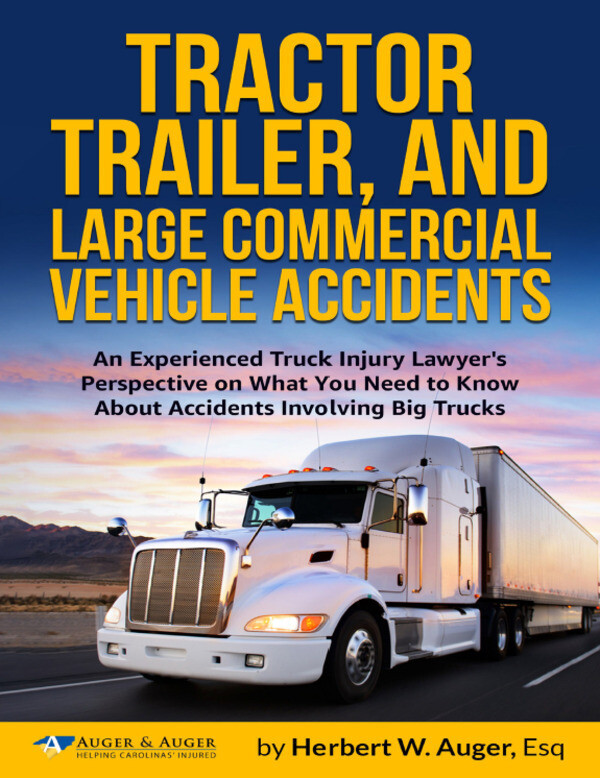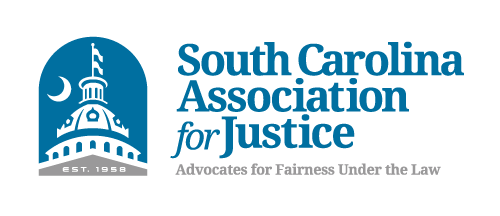North Carolina follows a legal principle known as ‘contributory negligence.’ Under this doctrine, if you are found to be even slightly at fault in an accident — as minimal as 1% — you generally lose the right to claim compensation for your damages. This rule places North Carolina among only a handful of states that still operate under this rather stringent law.
the right to claim compensation for your damages. This rule places North Carolina among only a handful of states that still operate under this rather stringent law.
However, there are notable exceptions within this framework:
The Last Clear Chance Rule
This rule provides a significant exception. It states that if you were in a dangerous situation (a place of peril) and the other party had a reasonable opportunity to avoid the incident but failed to do so, the contributory negligence doctrine might not apply. This can open a pathway to compensation, even if you were partially at fault.
Handling Ambiguous Fault Situations
In many cases, determining fault isn’t straightforward. When the lines of fault are blurred, the situation can become quite complex. This complexity is where the expertise of a Charlotte personal injury lawyer becomes invaluable.
Get Legal Assistance From Our Charlotte Accident And Injury Law Firm
Consulting with a personal injury attorney is crucial in such scenarios. A skilled lawyer can assess your specific case within the context of North Carolina’s laws and advise on any potential for compensation, despite the contributory negligence rule.
It’s important to remember that while the contributory negligence doctrine can make it challenging to receive compensation if you’re found at fault, avenues for relief still exist, particularly with the help of legal expertise.
For those in Charlotte, North Carolina, grappling with the aftermath of an accident where fault is a concern, understanding these legal nuances is vital. If you find yourself in such a situation and need guidance, do not hesitate to reach out for a free consultation with a lawyer who can provide personalized advice and insight into your case.















